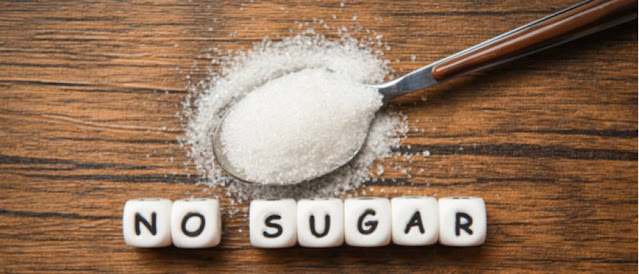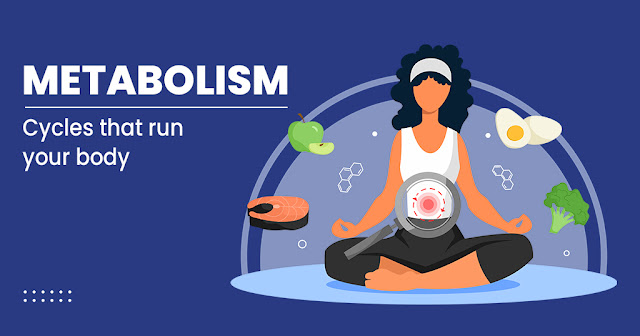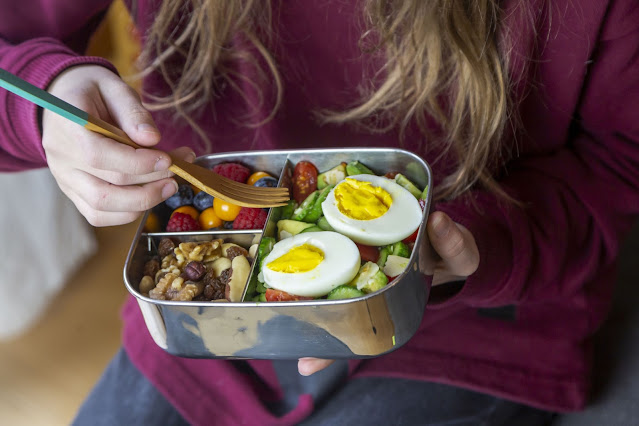Tips to Adopt No-Sugar Diets
Excessive sugar consumption has links to several harmful health conditions, including:
- Obesity and Metabolic Syndrome
- Heart disease
- Type 2 Diabetes
- High Blood Pressure
- High Cholesterol
- Chronic Inflammation
- Non-alcoholic fatty liver disease
- Dental Plaque and Cavities
Reducing the amount of sugar in the diet can help a person reduce their risk of these health conditions.
Replacing high sugar foods with healthful options can help a person get all of their essential vitamins and minerals without the added calories. It may also help them lose weight, if necessary.
8 tips for cutting out sugar
1. Take it slow
One of the most important things to remember when changing the diet is to do so gradually. Going from a diet full of sugar to one without any should be a slow process.
It may help to start by eliminating the most obvious sources of sugar. People can easily avoid baked goods such as cakes, muffins, and brownies. Removing candy and sugary beverages is also an excellent place to start.
A person can also try reducing the amount of sugar and cream they add to their coffee or tea, working up to using none at all. Building up to a no-sugar diet can help a person retrain the palate, meaning that they are less likely to crave the missing sugar.
2. Read product labels
Once a person has managed to cut out the most obvious sugar from their diet, they can turn their attention to other products that contain sugar. Reading product labels can help them identify types of sugars to avoid.
Sugar has many names and is in many different syrups and concentrates. There are at least 61 different names for sugar on food labels. The most common ones include:
- cane sugar
- brown sugar
- corn syrup or high fructose corn syrup
- evaporated cane juice
- invert sugar
- beet sugar
- barley malt
- coconut sugar
- maple syrup
- agave syrup
- rice syrup
- apple or grape juice concentrate
- honey
- demerara
- sucanat
- panela
- turbinado
- muscovado
People should also be aware that any item on an ingredients list ending “-ose” is also a type of sugar. Examples of these ingredients include:
- sucrose
- glucose
- dextrose
- fructose
- lactose
Sugars hide in many different supermarket foods. Reading the label is a must for people who want to follow a no-sugar diet.
Products such as salad dressing and condiments, pasta sauce, breakfast cereals, milk, and granola bars often have sugar in their ingredients list.
3. Avoid simple carbohydrates
Many no-sugar diets also recommend that people avoid simple carbohydrates. Simple carbs include white flour, white pasta, and white rice.
The body quickly breaks down the catbohydrates in these foods into sugar. This process causes a spike in blood sugar levels.
A person can usually replace simple carbs with whole grain options.
4. Avoid artificial sugars
Artificial sugars are a subject of controversy in the diet industry. They are much sweeter than sugar but contain few or no calories.
However, eating artificial sugars can trick the body into thinking that it is actually eating sugar. This can intensify a person’s sugar cravings, making it more difficult for them to stick to a no-sugar diet.
For this reason, a person following a no-sugar diet should avoid artificial sugars such as:
- Splenda
- Stevia
- Equal
- NutraSweet
- Sweet’N Low
People can also look for the chemical names of these sweeteners on ingredients lists, especially in anything marketed as low sugar, low calorie, or diet food.
Chemical names include:
- Aspartame
- sucralose
- saccharin
- Acesulfame K
- Neotame
5. Do not drink sugar
Sugar may be easy to avoid in processed foods. However, sugar sweetened drinks are among the most significant sources of added sugars in the diet. These include soda, specialty coffee, sweetened teas, and fruit juices.
Replacing these drinks with unsweetened herbal tea, coffee without sugar, sparkling mineral water, or just water can help a person stay hydrated without increasing their sugar intake.
6. Focus on whole foods
A person following a no-sugar diet should also aim to eat whole foods. Processed foods are more likely to contain refined ingredients or added sugars.
Diets that focus on whole and complete foods include the following options:
- Vegetables
- Fruits
- Lean meats, poultry, or tofu
- Fish
- Whole, unprocessed grains, and legumes
- Nuts and seeds
Some people might choose to keep a small amount of dairy in their diet, such as plain yogurt, simple cheeses, and milk.
7. Plan meals
Sticking to a diet with no plan is difficult. When a person feels hungry, they may be more likely to reach for a sugary snack if they do not have nutritious meals and healthful alternatives to hand.
Many people take a day to do both their shopping and meal preparation for the entire week. With healthful food ready to go, they have less temptation to reach for a candy bar or soda.
8. Spice it up
The palate often misses sugar because it has no other flavours to replace it. However, people can easily add many sweet tasting herbs and spices to foods and drinks to replace sugar.
Common replacements include cinnamon, nutmeg, cardamom, and vanilla. These can be a flavoursome addition to coffee, oatmeal, or yogurt.
Summary
Alternating the diet plan or eating sugar on special occasions may help some people cope with the loss of sweetness in the diet.
Cutting back on sugar is a good idea for many people, as it helps reduce the risk of numerous conditions and can improve a person’s overall health.





Comments
Post a Comment